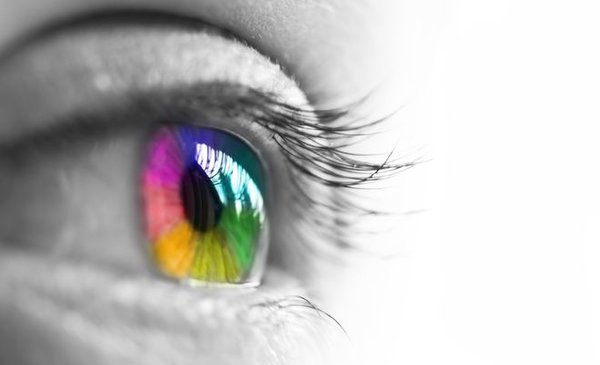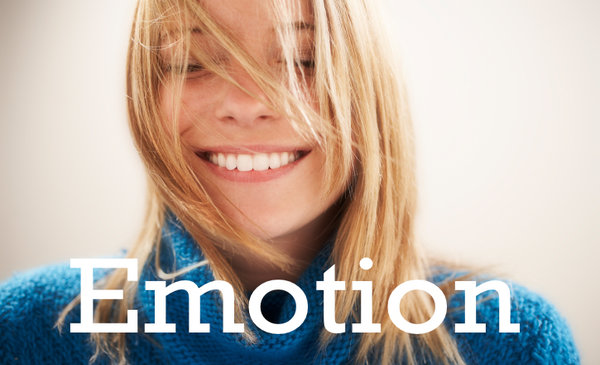
How do we recognize a brand? What do consumers see, and how different is that from the ways brands are structured?
Every marketer is familiar with the concept of a brand’s DNA – the strands of strategy that interweave to give a brand its sense of identity. Behaviors, values, purpose, positioning, story…and yet these are not the elements that consumers see for the most part. They are the behind-the-scenes markers that ultimately enable a brand to be effectively developed and managed.
What consumers should see are signature ideas that confirm a brand is who it says it is. I distinguish these from the brand DNA by referring to them as the brand codes. While these traits are, of course, expressions of the ‘invisible’ strategy, they need to be powerful and attractive to those who buy. They are what bring a brand to life for shoppers and help put daylight between that brand and all the other brands competing in the same arena.
The most powerful brand codes seem to take four forms:
1. Design – from the Chanel suit to Absolut’s advertising to the Birkin handbag, the power of distinctive visibility is not only that it stands out but that it provides consumers with strong and clear things to look for; memes that are threaded through every aspect, every experience, every product line. Most brands claim to have this; few actually achieve it in a way that continues to work powerfully over time. I suspect that’s because the temptation to be contemporary, at the expense of being eternal, is just too great.
2. Tone – Time, the Atlantic, the New Yorker, the Economist, Innocent all have very distinctive ways of referencing the world and communicating their stance. From the rhythm of a Time article to the wit of the marketing for The Economist, each voice is wonderfully clear and self-assured. Each has a way of storytelling and sharing perspectives that is versatile enough to work across so many different types of subject matters and formats, yet remains confidently on-brand throughout. Achieving such a signature voice is difficult because it requires such an instinctual understanding of the reader. Too often brands blur and slur their tone and manner because they imbibe far too much corporate caution on the way to assessing what they are comfortable saying. The outcome for the consumer is just more noise, more sh*t to read…
3. Celebrity – some brands are powerful through personal association. A Virgin announcement requires Sir Richard Branson, Nike’s whole strategy is built on its association with the athletes it meticulously chooses, it’s hard to think of Chanel these days without thinking of Karl Lagerfield – and yet I, for one, am not automatically sold on the power of celebrity endorsement as a distinctive code. Too often, the presence of the celebrity masks a brand that lacks something significant to say in its own right. Or the association is restricted to just a campaign. Calvin Klein himself makes some excellent points about that in this interview: “Now, models are paid for how many followers they have. They’re booked not because they represent the essence of the designer [but]…because of how many followers they have online. I don’t think that, long-term, is going to work. I don’t think that’s a great formula for success for the product you’re trying to sell.” Pulling in a high profile name to front for your brand may make sense in this age of profile and social circles, but contracts end and the world moves on – and while that person may define that brand for a time, they don’t necessarily add to what the brand is recognized for over time.
Here, we also need to draw a distinction between those people who speak for the company and those that speak for the brand. With the exception of Branson obviously, most high-profile CEOs are focused on speaking to the markets about direction and dynamics. Many are becoming celebrities of sort in their own right but they should not be seen as brand codes because consumers don’t innately see the brand personified in them.
4. Stance – brands like Patagonia, Greenpeace, Red Cross, Body Shop and Red Bull are immediately recognizable for what they advocate for and/or what they seek to change. Brand strategists talk in complimentary terms about the power of challenger brands, but the reality is that effectively embedding defiance into your brand code is much more difficult than it appears. And that’s because, over time, it’s hard to keep advocating for a position in ways that people don’t tire of. The other challenge of course is that once their stance becomes successful, these principled brands must fight off the clones that rush in to feed on the trending attitude.
Brand strategists and marketing managers spend a lot of time thinking about the brand vitals. What they don’t spend anywhere near enough time on, in my opinion, is working closely with others across the business and with creative teams to translate that thinking into a consistent and distinctive brand code that answers the simple question “How will they know it’s us?”. Beyond the obvious stuff like the logo.
There’s a note of caution in here too for brands looking at licensing and/or going public. Too often, the brand codes can become confused in the bid to achieve wider success. In the case of those brands that go public, as the influence shifts to the analysts and “market expectations”, the ethos of the brand, and therefore what it means for consumers, can easily be subsumed in the bid to keep up with guidance. Equally, brands that look to licensing to expand their story need to be very careful to underpin the new expressions of the brand in ways that consumers can clearly read. Too often, licensing deals fail because they confound and confuse the codes, by drawing associations with the brand that might make sense in theory but that shoppers cannot see, or enjoy, for the life of them.
Right now, everyone’s in love with the concept of brand experiences. But even experiences cannot exist in their own right (something the experiential marketing people seem prone to forget in the rush to novelty and give-aways). Instead, those brand experiences must present in ways that enable customers to clearly read the brand code. If consumers can’t recognize the brand in something, then what they are getting is not owned by the brand. It’s another occasion with a logo on it. And there are far too many of those.
The Blake Project Can Help: The Brand Storytelling Workshop
Branding Strategy Insider is a service of The Blake Project: A strategic brand consultancy specializing in Brand Research, Brand Strategy, Brand Licensing and Brand Education
FREE Publications And Resources For Marketers
















